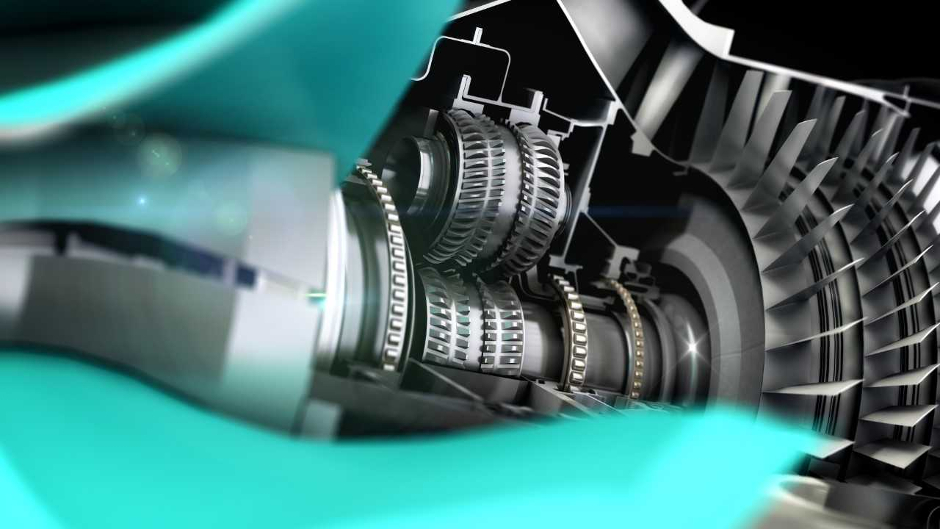Rolls-Royce sets new record with UltraFan power gearbox
Rolls-Royce is testing – and breaking records – with the world’s most powerful aerospace gearbox.

The company announced on September 4, 2017 that the Power Gearbox, which is designed to be used in its next generation UltraFan engine, reached a record-breaking 70,000 horsepower while being tested at its facility in Dahlewitz near Berlin in Germany.
The Power Gearbox, which began testing in May, is designed to run up to 100,000 horsepower, and will be capable of managing the equivalent power of 400 family cars at full throttle.
Each pair of teeth on the gearbox will transmit the same power as an entire Formula One race grid, according to Phil Curnock, chief engineer for civil aerospace future programmes at Rolls-Royce.
The UltraFan engine, which is due to be available for service by around 2025, is designed to be more fuel efficient, and generate lower emissions.
The Power Gearbox, which consists of a series of five planetary gears, will allow the shafts at the core of the engine to run at very high speeds, while the fan at the front runs at a slower speed, said Curnock.
Register now to continue reading
Thanks for visiting The Engineer. You’ve now reached your monthly limit of news stories. Register for free to unlock unlimited access to all of our news coverage, as well as premium content including opinion, in-depth features and special reports.
Benefits of registering
-
In-depth insights and coverage of key emerging trends
-
Unrestricted access to special reports throughout the year
-
Daily technology news delivered straight to your inbox










UK Automotive Feeling The Pinch Of Skills Shortage
Aside from the main point (already well made by Nick Cole) I found this opinion piece a rather clunking read: • Slippery fish are quite easy to...